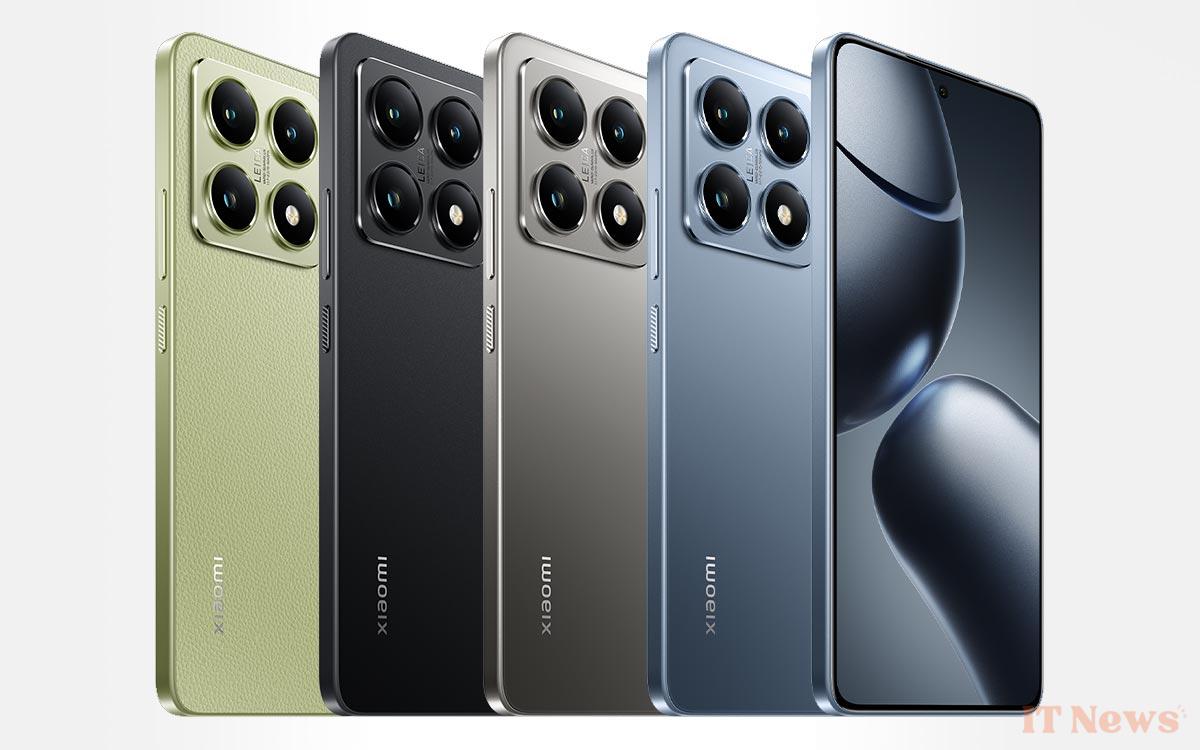Xiaomi seems about to add an overclocking function to its smartphone interface. The manufacturer would allow advanced users to directly modulate the power of the processor and GPU, while controlling the system with a series of safeguards.
You've probably tried it one day on your PC: overclocking consists of changing the voltage of chips like the processor or GPU of your graphics card. This boosts performance without investing in more powerful components. However, the gains are generally relative on most machines. And in the event of a bad configuration, a failed overclock can have consequences ranging from system instability to component burnout.
It should be noted in passing that even in the case of a more reasonable frequency boost, the benefits remain meager compared to the disadvantages. Indeed, it is necessary to take into account increased consumption and heat dissipation, and a chip whose lifespan may decrease. Overclocking is therefore generally not recommended on PCs, unless the user really knows what they are doing. This explains why its arrival on smartphones was not, until now, something to which we could expect.
Overclocking your smartphone: is it really reasonable?
And yet, the Xiaomi brand is working on it. The information, picked up by Android Authority, is taken from the source code of the next version of the MIUI interface which will soon arrive on some of the brand's devices. We discover several lines of code referring to a new “Chip Performance Dashboard”, associated with other explicit lines. One of which offers to adjust “the frequency and voltage of each group of CPU and GPU cores”.
Safeguards will be in place to avoid the most serious errors for the survival of the device, according to other mentions. Once the parameters are validated, a restart of the smartphone will be necessary to benefit from the chosen frequencies. References to this functionality are only present in the latest development version of MIUI based on Android 16. This therefore suggests that all or part of the smartphones compatible with this system version will be entitled to this new feature.
It remains to be seen what the real point of overclocking a mobile device could be. Their hardware platform is already highly optimized to maximize performance, comfort, and battery life. And it should be noted that the chips integrated into the latest models are all very powerful. Obviously, the risk of causing instability and making the smartphone too hot seems to immediately outweigh any potential benefits.
Unless it allows you to do the opposite: underclock (reduce the performance) of the mobile. How, for example, to enjoy longer gaming sessions and more battery life? The question remains open for now, pending the arrival of the final version of Xiaomi's update.




0 Comments